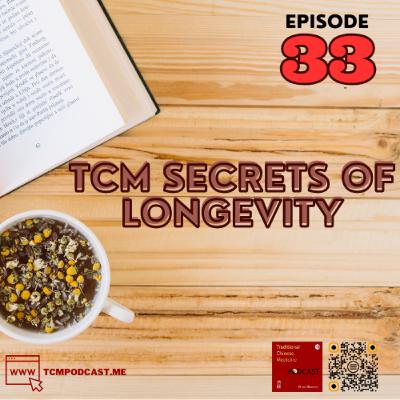Interstitium in traditional Chinese medicine
Description
Full script at: www.tcmpodcast.me
Intro: In traditional Chinese medicine (TCM) existence of facia and interstitium has been known for thousands of years. Chinese call it San Jiao (Chin. 三焦) and consider it an organ. In English is translated as “Triple Burner”.
In TCM, Triple Burner is responsible for various functions including dividing the body cavity into different compartments, and properly distributing fluid throughout the body.
The Triple Burner is responsible for the maintenance of the ditches; and it controls all water in the body.
Triple Burner is the sum of systemic connective tissues, which wraps around and supports the various body tissues.
TCM classifies triple heater into upper, middle and lower parts according to their functions. The upper part completes the function of the chest viscera, including the heart and lungs; the middle part completes the visceral function of the abdomen above the umbilicus, including the stomach, spleen, liver, gallbladder, pancreas and small intestine; and the lower part completes the visceral function of the abdomen and pelvic cavity under the umbilicus, including kidney and bladder.
Triple Burner is membranous shaped. It is one of the six Fu viscera of the human body and is one of twelve meridians. Triple Burner meridian is both a meridian and a triple burner membrane system...















